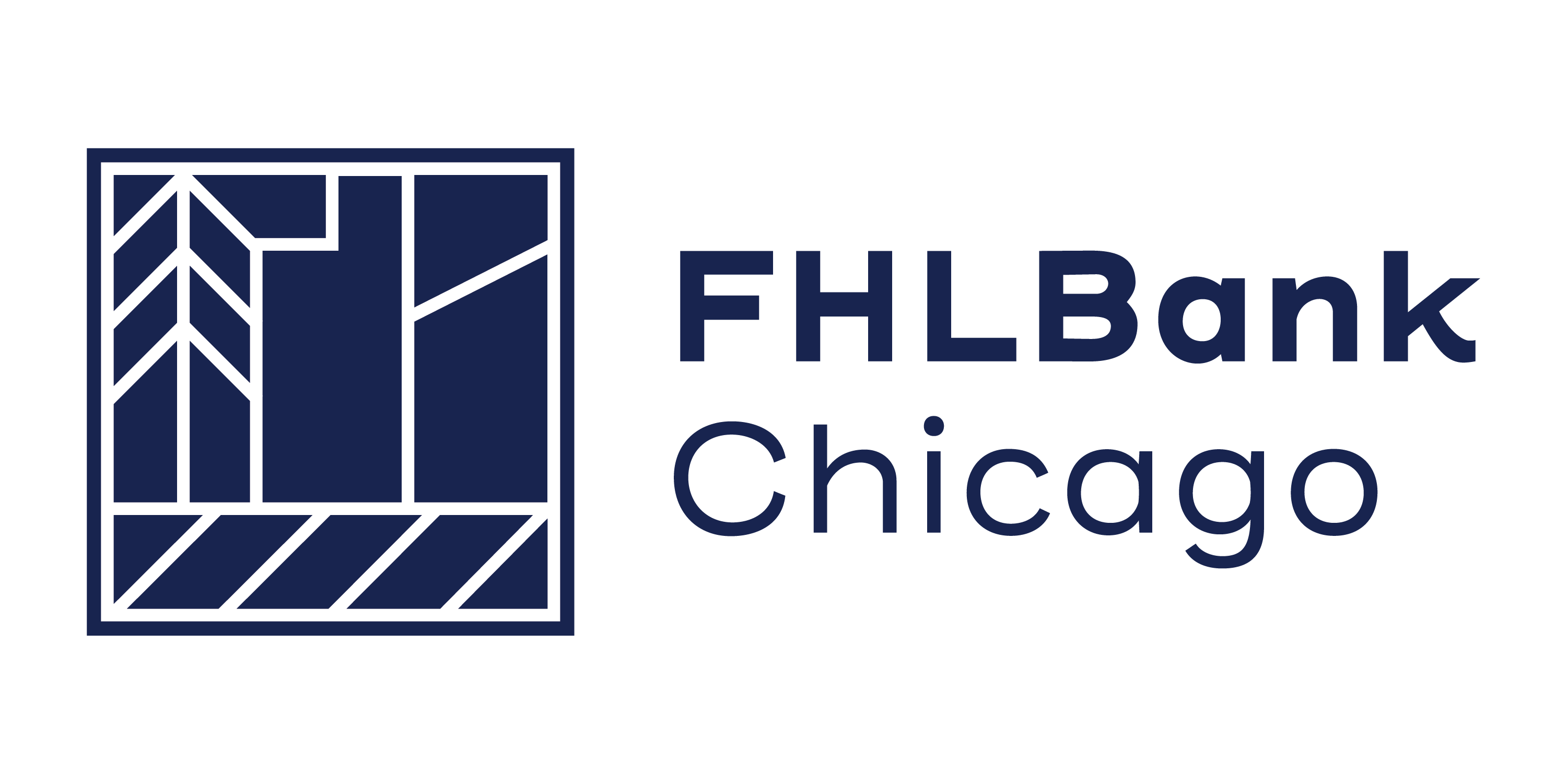New Data Request for LIBOR-Linked Loan Fallback Language
As a continuation of our LIBOR transition guidance, FHLBank Chicago is announcing a new data request around LIBOR-linked loan fallback language effective July 1, 2021, and we are providing an update on how this reporting may impact collateral values and haircuts in the future.
What to Expect as the LIBOR Transition Moves Forward
Current status of LIBOR-linked collateral:
LIBOR-linked loans and securities remain eligible collateral for pledge at FHLBank Chicago. No LIBOR-specific haircuts or Collateral Valuation Adjustments (CVAs) are being applied at this time.
What could change?
While LIBOR-linked collateral continues to trade without disruption, market liquidity could change quickly. Depending on how the transition evolves, it could become necessary to adjust haircuts or CVAs for some or all LIBOR-linked collateral. FHLBank Chicago regularly monitors the state of the loan and security collateral markets, and if changes are warranted, we will provide notice to members at that time.
Additional Data Requested on LIBOR-Linked Loans: Effective July 1, 2021
What is changing?
We are requesting that members pledging LIBOR-linked loans begin reporting additional data on the fallback language utilized in those loans. We have defined three types of fallback language which are highlighted below.
1. Robust
Fallback language that includes both permanent cessation and pre-cessation triggers and prescribes a clear path to the selection of both a new index and margin.
2. Legacy Unilateral
Fallback language that gives the lender the right to select a new index in a permanent cessation scenario but does not include pre-cessation triggers.
3. Other/None
Fallback language is lacking entirely or does not meet the Robust or Legacy Unilateral definitions.
When is the change effective?
You will be asked to provide this data as part of Q2 2021 reporting, beginning July 1, 2021.
How do the changes effect me?
For listed loan collateral, you will be asked to report the type of fallback language utilized in each LIBOR-linked loan on the listing template. For blanket reported loan collateral, you will be asked to complete a separate certification detailing the percentage of the LIBOR-linked loans in each asset class that contain each of the three types of fallback language highlighted above.
How can I get more information on this change?
FHLBank Chicago is hosting webinars on this topic on May 27, 2021, and June 17, 2021, where more details will be provided, and you will have an opportunity to receive answers to your specific questions. You can register for these sessions here. Additionally, a Frequently Asked Questions document has been created which provides additional information.
How can my institution improve its collateral lendable value?
FHLBank Chicago remains committed to supporting the needs of our members. If you would like to increase your collateral position, please reach out to your Sales Director about which strategies may be right for you.
What to Expect as the LIBOR Transition Moves Forward
Current status of LIBOR-linked collateral:
LIBOR-linked loans and securities remain eligible collateral for pledge at FHLBank Chicago. No LIBOR-specific haircuts or Collateral Valuation Adjustments (CVAs) are being applied at this time.
What could change?
While LIBOR-linked collateral continues to trade without disruption, market liquidity could change quickly. Depending on how the transition evolves, it could become necessary to adjust haircuts or CVAs for some or all LIBOR-linked collateral. FHLBank Chicago regularly monitors the state of the loan and security collateral markets, and if changes are warranted, we will provide notice to members at that time.
Additional Data Requested on LIBOR-Linked Loans: Effective July 1, 2021
What is changing?
We are requesting that members pledging LIBOR-linked loans begin reporting additional data on the fallback language utilized in those loans. We have defined three types of fallback language which are highlighted below.
1. Robust
Fallback language that includes both permanent cessation and pre-cessation triggers and prescribes a clear path to the selection of both a new index and margin.
2. Legacy Unilateral
Fallback language that gives the lender the right to select a new index in a permanent cessation scenario but does not include pre-cessation triggers.
3. Other/None
Fallback language is lacking entirely or does not meet the Robust or Legacy Unilateral definitions.
When is the change effective?
You will be asked to provide this data as part of Q2 2021 reporting, beginning July 1, 2021.
How do the changes effect me?
For listed loan collateral, you will be asked to report the type of fallback language utilized in each LIBOR-linked loan on the listing template. For blanket reported loan collateral, you will be asked to complete a separate certification detailing the percentage of the LIBOR-linked loans in each asset class that contain each of the three types of fallback language highlighted above.
How can I get more information on this change?
FHLBank Chicago is hosting webinars on this topic on May 27, 2021, and June 17, 2021, where more details will be provided, and you will have an opportunity to receive answers to your specific questions. You can register for these sessions here. Additionally, a Frequently Asked Questions document has been created which provides additional information.
How can my institution improve its collateral lendable value?
FHLBank Chicago remains committed to supporting the needs of our members. If you would like to increase your collateral position, please reach out to your Sales Director about which strategies may be right for you.

